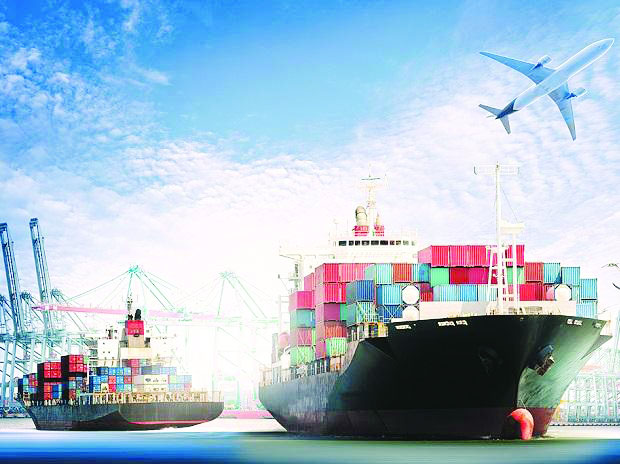The US’ move to delete India from a preferential list won’t have much of an impact, or will it?
It may make for some unpleasant optics at a time of sub-continental tension, where the US pressured Pakistan on dismantling its terror network and led the Western world on isolating it over the Pulwama attacks, but its decision to take India out of a preferential trade list — one that allows $5.6 billion worth of Indian exports to enter the US duty-free — is not such a big deal. First things first, this move has nothing to do with geopolitics or our global diplomatic prowess and impacts just a fraction of our trade volumes. Considering that China is the bigger threat for both the US and India, the world’s largest democracies wouldn’t want to mess with their strategic relationship and lose sight of the big picture. The US move was also not country-specific, it was announced at the same time as a halt on trade preferences for Turkey. It came two days after Trump’s reference to India as a “very-high tariff nation.” Besides, his demand for a “reciprocal tax” on goods from India is in keeping with Washington’s concerted attacks on India’s trade stance. This is also a pressure tactic to compel us to negotiate on sectors such as medical devices, mainly stents, dairy products and IT. And what better time to do it than when it is easier to coerce us at a sensitive time and seek a counter favour? Though India has kept the doors open to a compromise, it has said that it would not back down on the affordability of stents, a move that has dented US manufacturers substantially.
In 2017, India had capped prices of cardiac stents and knee implants, slashing them by over 70 per cent and 60 per cent respectively. The move impacted US giants like Abbott, Medtronic, Boston Scientific and Stryker. India had also insisted on a change in the certification procedure of dairy products, that their source animals be never fed blood meals and that this would be “non-negotiable” from a cultural standpoint. And if the US could comply with halal and kosher standards, this could easily be factored in too. The US move is expected to have minimal impact as exporters here were deriving duty free benefits of only $190 million of the total $5.6 billion-worth of GSP items traded. Around 1,900 of our products, including raw materials and intermediaries across sectors such as organic chemicals and engineering goods, have been circled out. Exports in other categories like articles of iron or steel, furniture, aluminum and electrical machinery and parts could also be affected. But experts say with the economy growing at a rapid pace and diversifying into newer markets, particularly in Africa and Latin America, the losses resulting from withdrawal of concessions could easily be offset. Of course, the full extent of the loss can only be gauged by which of our competitors enters the US market to fill in the demand gaps. Needless to say India has been the biggest beneficiary of the GSP regime and accounted for over a quarter of the goods that got duty-free access into the US in 2017. Considering that even the US and China have simmered down their trade war, all doesn’t seem to be lost at this stage.
Courtesy: Pioneer
Writer: Pioneer








 OpinionExpress.In
OpinionExpress.In















Comments (0)